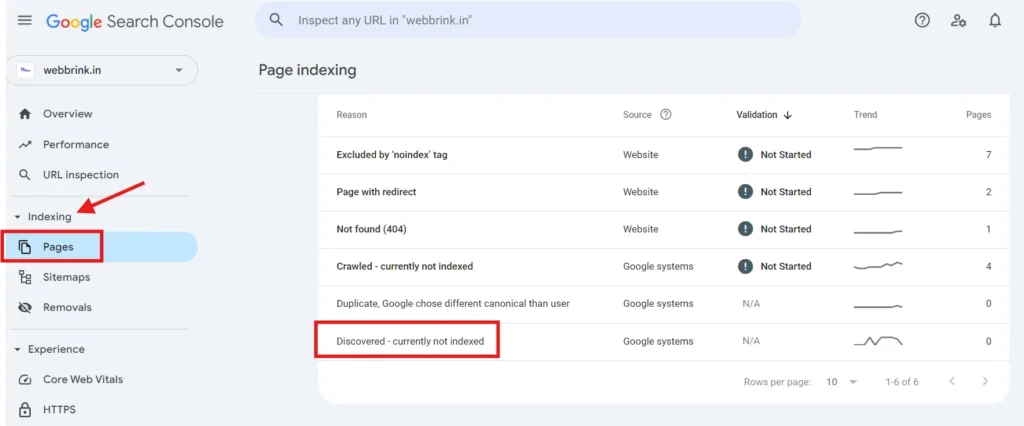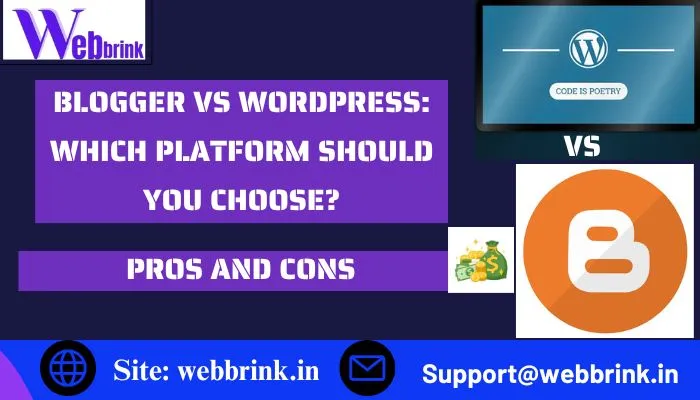In SEO, the duplicate content issue is the major SEO issue because content is the king or pillar of SEO. Duplicate content may negatively affect your website ranking on Search engines such as Google, etc. Although there is no penalty for the duplicate content issues, the ranking goes down and may not even rank.
Table of Contents
What is a Canonical Tag?
To understand the alternate page with proper canonical tag issue appearing in Google Search Console(GSC), it is necessary to understand what a canonical tag is, as it is the most prominent weapon to deal with the duplicate or webpage issue.
Canonical Tag is the solution to all your duplicate content issues as it directs the search engines, Such as Google, about the master or preferred version of the webpage that clears the search engine to index and rank the webpage to fight in search ranking results. Canonical tag is used in the HTML tag of the webpages.
Read Also: Advanced Keyword Research Techniques in 2025
What is an Alternate Page?
An alternate page refers to a version of a webpage that exists with similar content and less variation.
what are the situations do we need to make alternate pages?
- Mobile and desktop versions of a webpage
- Different language variations of a page (Hreflang implementation)
- HTTPS vs. HTTP versions of the same page
- WWW vs. non-WWW versions of a domain
- Product Variations such as sizes and color variants, etc.
What is The Alternate with Proper Canonical Tag in Google Search Console Error?
This is one of the errors that is shown in the Google search console about why a webpage did not get indexed in the Google search console. In general, this is not an error if your provided canonical tag to the duplicate version is the master copy or the preferred version of the webpage.
For example, there are two webpages:
webbrink.in/page1
webbrink.in/page2
Both webpages serve the same intent of the content have have similar content and you provided the canonical to the page 1 and want to make it the preferred version or master version, providing it self-referring canonical and for page2 that has the same intent and similar content you did not provide it the self canonical instead you made page1 as the canonical version for the webpage.
By doing so, you directed Google Search Engine not to index and rank the web page 2 in search engine result pages and consider the web page 1 as the preferred or master version for indexing and ranking.
Read Also: Best Free Classified Submission Sites in 2025
How can I see the alternate page with proper canonical tag status or error in Google Search console?
Open the Google search console, under the “indexing section”, click on the “pages” tab on the left-hand side. Then, you see another two tabs. click “not indexed” > click on the “alternate page with proper canonical tag” issue.

Now, there will be a list of canonical pages of alternate pages which were not indexed as the above example was page2 so pages with duplicate content that does not have self referencing canonical will have the issue of alternate page with proper canonical tag.
If you need a website for your business or want to improve your website DA or traffic, Please visit Webbrink.
How to fix the alternate page with proper canonical tag error?
1. Use proper Canonical Tag
When you create a new webpage, look for the already uploaded content that has the same or similar content and choose the master or preferred copy.
For example, you choose the new version as the master version, then first make it self-canonical, then remove the self-canonical from the already uploaded content and provide that new webpage URL to direct search engine to index and rank the preferred version and not rank and index the alternate page or copied content webpage.
2. Use Redirection
If you do not want to keep the duplicate version of a webpage, provide it 301 redirection to the duplicate page and redirect it to the preferred or original version of the content. You should not use canonical when you don’t want a duplicate version of your content; instead, make it redirect.
Conclusion
Using proper canonical tags on the alternate or duplicate pages is essential for improving SEO performance and save from not ranking the relevant and thin or low-quality content. Whenever you have to use the variations of URL like UTM parameters to major marketing campaigns, product page variations such as due to color and sizes etc, implementation of Hreflang attibutes for multi-language and multi country websites, Use the correct canonical URL on the alternate page or duplicate page by providing them the master copy URL as canonical.
Read Also: 10 Genuine Ways to earn money online for students in 2025






